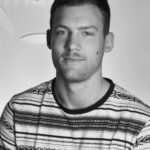Near-infrared spectroscopy has become a common quality assessment tool for fishmeal products during the last two decades. However, to date it has not been used for active online quality monitoring during fishmeal processing. Our aim was to investigate whether NIR spectroscopy, in combination with multivariate chemometrics, could actively predict the changes in the main chemical quality parameters of pelagic fishmeal and oil during processing, with an emphasis on lipid quality changes. Results indicated that partial least square regression (PLSR) models from the NIR data effectively predicted proximate composition changes during processing (with coefficients of determination of an independent test set at 𝑅2𝐶𝑉RCV2 = 0.9938, RMSECV = 2.41 for water; 𝑅2𝐶𝑉RCV2 = 0.9773, RMSECV = 3.94 for lipids; and 𝑅2𝐶𝑉RCV2 = 0.9356, RMSECV = 5.58 for FFDM) and were successful in distinguishing between fatty acids according to their level of saturation (SFA (𝑅2𝐶𝑉=0.9928, 𝑅𝑀𝐸𝐶𝑉=0.24)RCV2=0.9928, RMSECV=0.24 𝑅2𝐶𝑉=0.8291, 𝑅𝑀𝑆𝐸𝐶𝑉=1.49)RCV2=0.8291, RMSECV=1.49), PUFA (𝑅2𝐶𝑉=0.8588, 𝑅𝑀𝑆𝐸𝐶𝑉=1.49)RCV2=0.8291, RMSECV=1.49). This technique also allowed the prediction of phospholipids (PL 𝑅2𝐶𝑉=0.8617, 𝑅𝑀𝑆𝐸𝐶𝑉=0.11RCV2=0.8617, RMSECV=0.11, and DHA (𝑅2𝐶𝑉=0.8785, 𝑅𝑆𝐶𝑉=0.89) and EPA content. 𝑅2𝐶𝑉=0.8689 , 𝑅𝑀𝑆𝐸𝐶𝑉=0.62)RCV2=0.8689, RMSECV=0.62) throughout processing. NIR spectroscopy in combination with chemometrics is, thus, a powerful quality assessment tool that can be applied for active online quality monitoring and processing control during fishmeal and oil processing.
Author: admin
Microorganisms released into the atmosphere by various disturbances can travel significant distances before depositing, yet their impact on community assembly remains unclear. To address this, we examined atmospheric and lithospheric bacterial communities in 179 samples collected at two distinct Icelandic volcanic sites: a small volcanic island Surtsey, and a volcanic highland Fimmvörðuháls using 16S rRNA amplicon sequencing.
Airborne microbial communities were similar between sites while significant differences emerged in the communities on lava rocks after 1-year exposure. SourceTracker analysis revealed distinct bacterial populations in the atmosphere and the lava rocks with surrounding soil contributed more significantly to lava rock microbial composition. Nevertheless, shared genera among air, rocks, and local sources, suggested potential exchange between these environments. The prevalent genera shared between rocks and potential sources exhibited stress-resistant properties, likely helping their survival during air transportation and facilitating their colonization of the rocks.
We hypothesize that the atmosphere serves as a conduit for locally sourced microbes and stress-resistant distant-sourced microbes. Additionally, bacterial communities on the lava rocks of Fimmvörðuháls showed remarkable similarity after 1 and 9 years of exposure, suggesting rapid establishment. Our study reveals that atmospheric deposition significantly influences bacterial community formation, potentially influencing ecosystem dynamics and microbial communities' resilience.
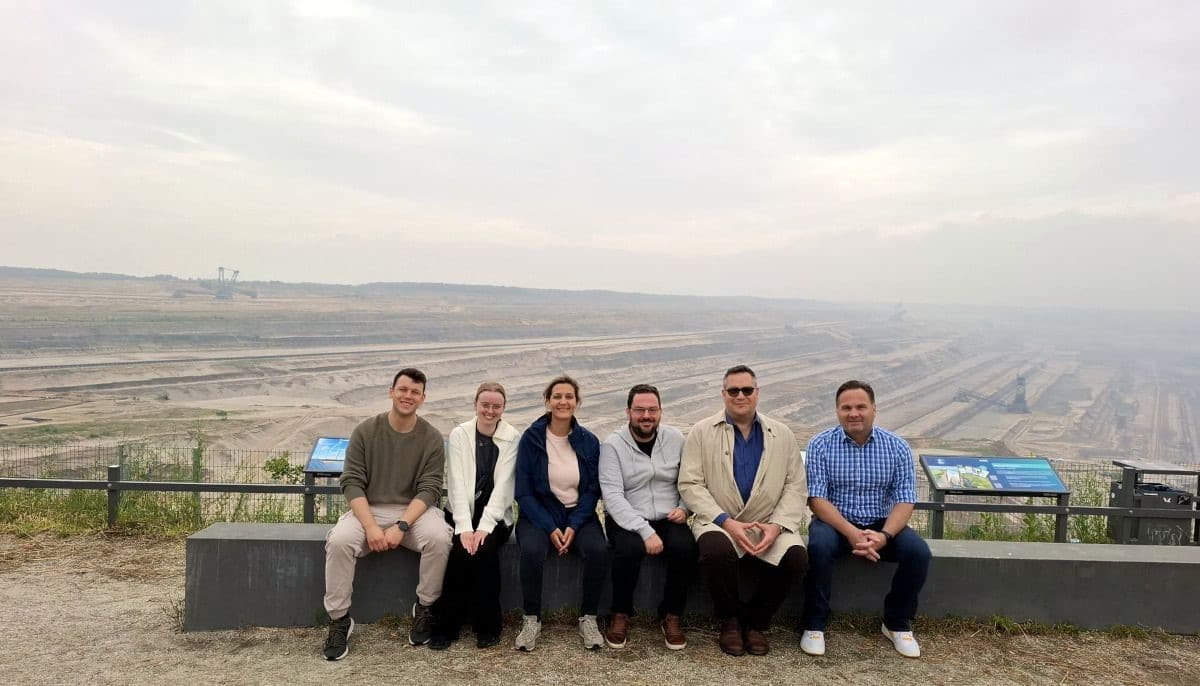
On the 20th-21st June, a workshop was held in Düren, Germany, organized by the project BIO2REG, in which Matís is involved. Sustainability consultants at BioökonomieREVIER which works on behalf of the research institute Forschungszentrum Jülich GmbH, held the workshop "Circular Bioeconomy in practices - Discovering value chains in bioeconomy model regions" on behalf of BIO2REG, in the premises of the paper factory Reflex GmbH & Co. KG.
The workshop was attended by a diverse group of people, including stakeholders in the region, experts in the field of bioeconomy and business owners working in the field of paper production in Europe. The program included both presentations and guided discussions, as well as a visit to the over 150-year-old paper factory and its activities were presented to the guests. The factory specializes in certain types of paper, including document paper, and it is nice to report that certified Icelandic document paper is produced there.
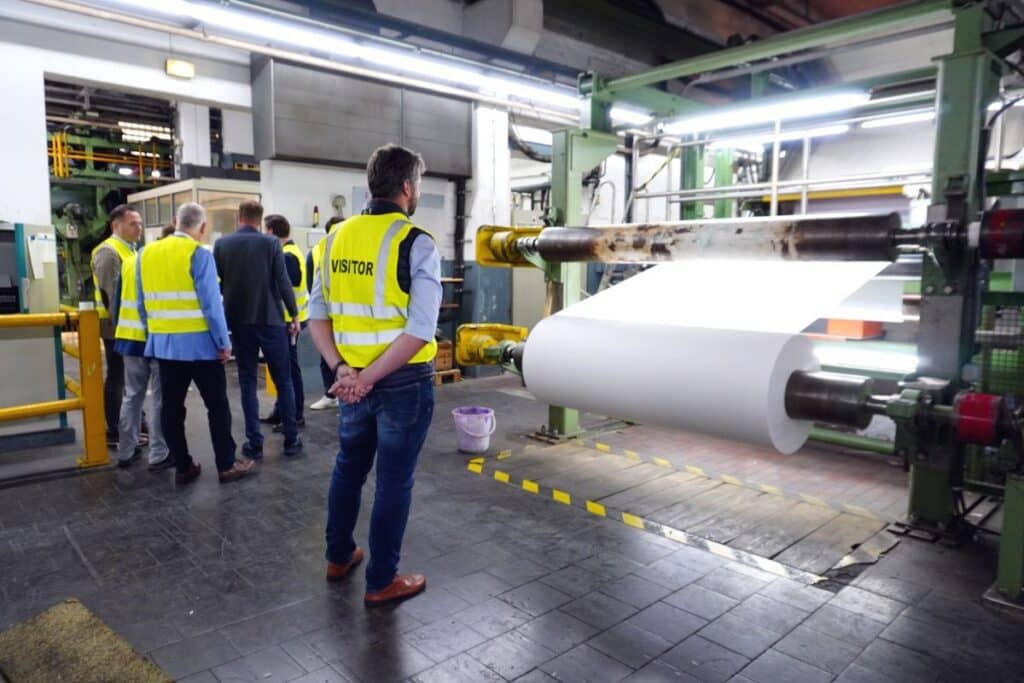
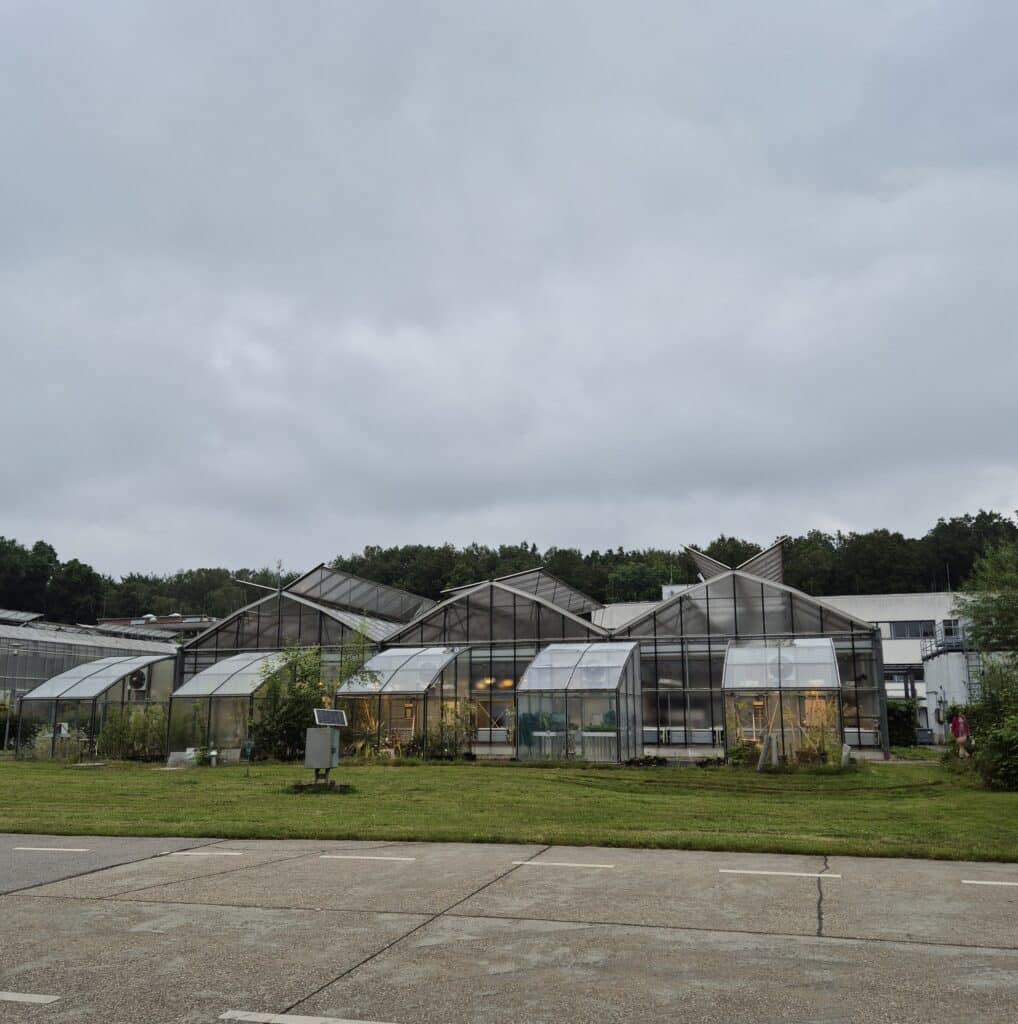
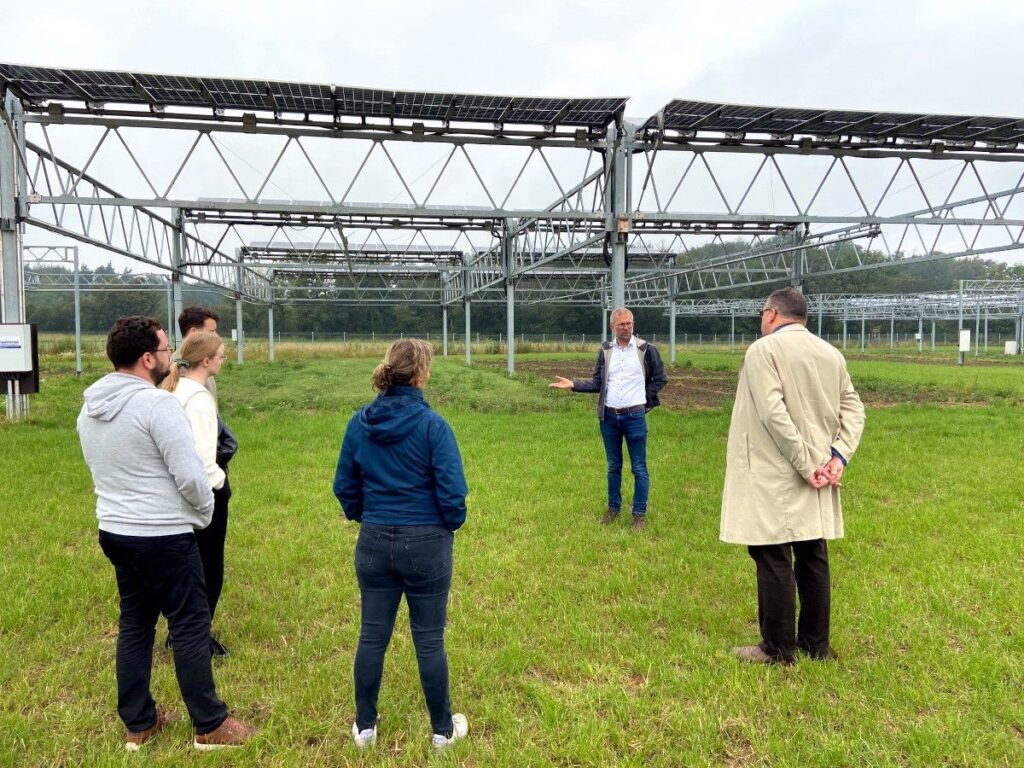
The next day we went on a tour of North Rhine-Westphalia. The hosts were visited and their activities in the field of agriculture and soil cultivation were presented. Another stop on the tour was the village of Morschenich-Alt, which has been largely abandoned for over a decade. The reason for this is that coal was to be dug where the village now stands. Most of the residents therefore sold their homes to the energy company and moved to Morschenich-Neu. Since then, plans for continued mining in the area have been abandoned, including due to protests by climate activists, and now the village is being rebuilt.
Morschenich-Alt is not the only village in the area that had to give way to mining. The Hambach mine was also visited, but it is a huge open pit coal mine that is still in use. There are plans to close all coal mines in the region by 2030. BioökonomieREVIER has the mission of accelerating the green transformation of the region. The project advises companies, farmers and regional authorities on how to transition from an economy based on fossil fuels (coal) to a bioeconomy.
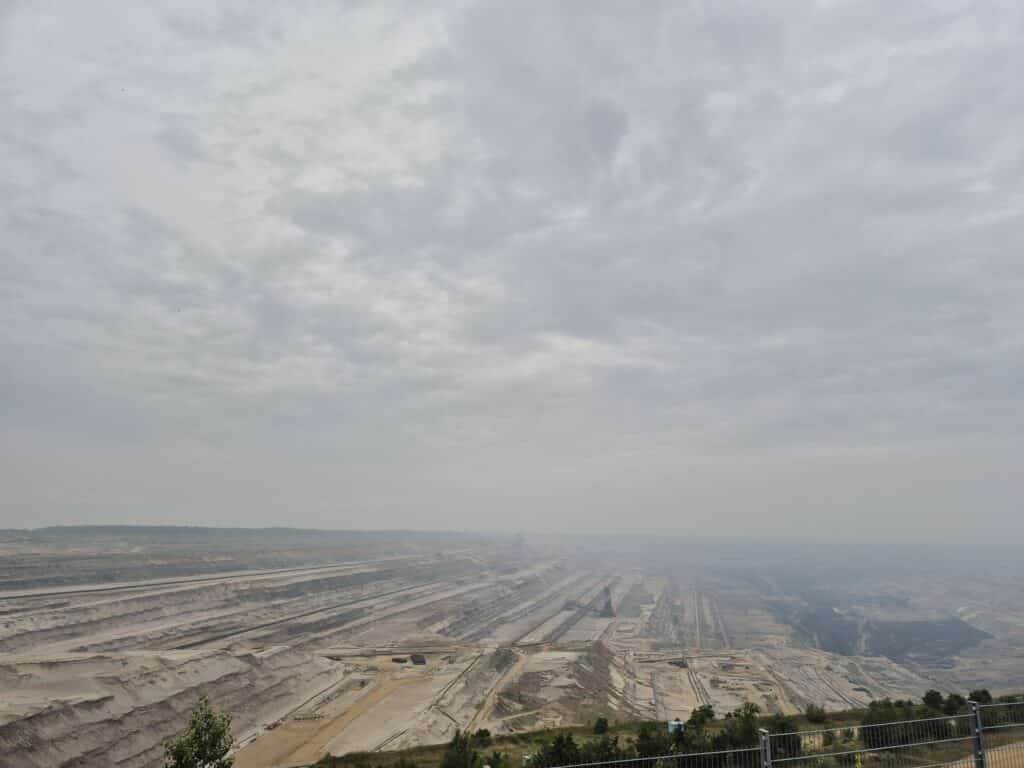
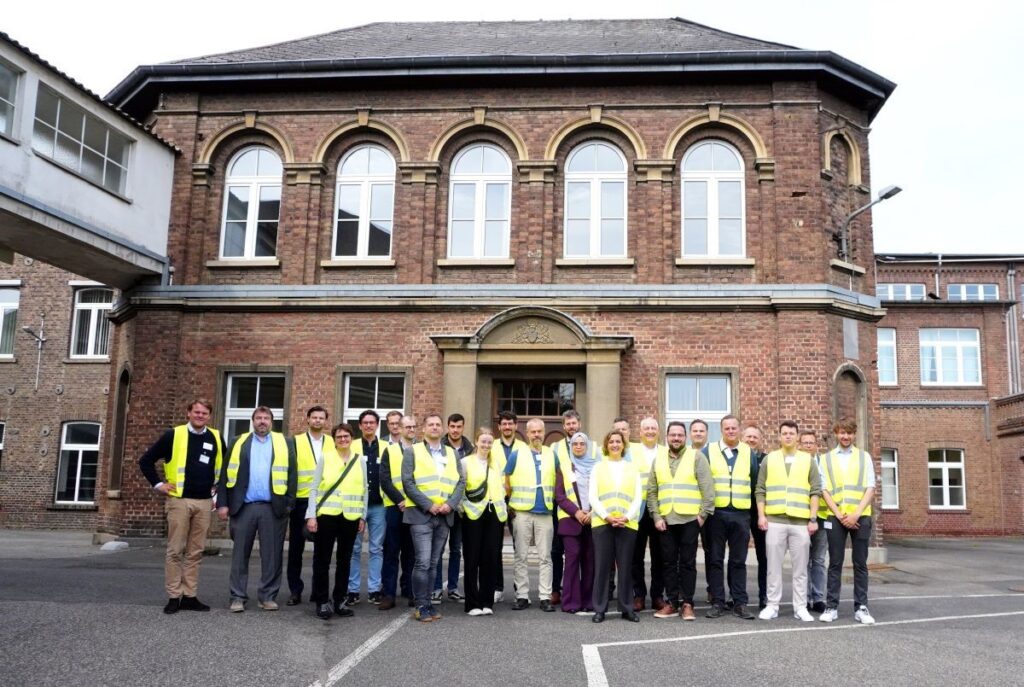
The workshop was a huge success and the participants went home happy. An important debate arose about the effects of transforming regions, not only for the economy but also for society. At the beginning of September, a workshop will be held in Iceland, organized by Matís and the Swedish Research Institute RISE which deals with research infrastructure. Registration for it will soon open, but it will take place on the BIO2REG website and will be advertised on Matís' media. The program will be published soon.
This report is closed
View report
This report is closed
View report
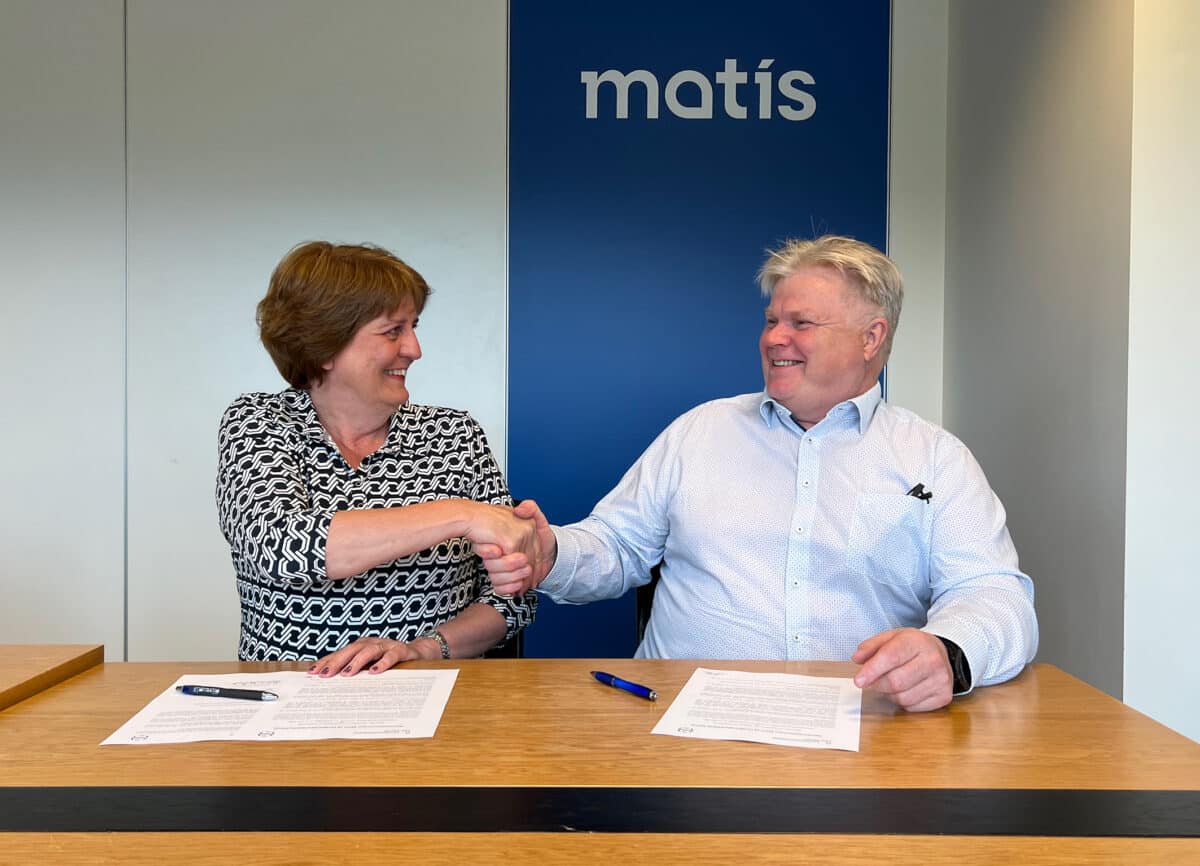
On July 3, Oddur Már Gunnarsson, director of Matís, and Ragnheiður I. Þórarinsdóttir, rector of the Icelandic University of Agriculture, signed a cooperation agreement between Matís and the Icelandic University of Agriculture on cooperation to increase knowledge and improve services in the field of agriculture and food production.
The agreement is about research cooperation in both domestic and foreign projects and cooperation on proposals and special projects for the government in the field of agriculture and food.
There will be cooperation on the development of research infrastructure and expertise where appropriate. Experts from both will be better connected through joint projects. The focus areas where the cooperation will benefit are, for example, sheep breeding, breeding (genetics), new proteins, linking processing and primary production, utilization of by-products, feed, fertilizers, product development and cooperation with consumers. The aim is to utilize each other's specific research infrastructures in order to create synergy in the activities and at the same time to strengthen the operating conditions of the infrastructures.
The work of newly-doctored, doctoral and/or master's students is expected in selected collaborative projects, and they must normally be under the guidance of experts from one or both parties. The parties are working to increase the number of doctoral students in the field of agriculture and food.
The parties emphasize the use of foreign networks in Europe and the Nordic countries, cf. UNIgreen and other partners as appropriate.
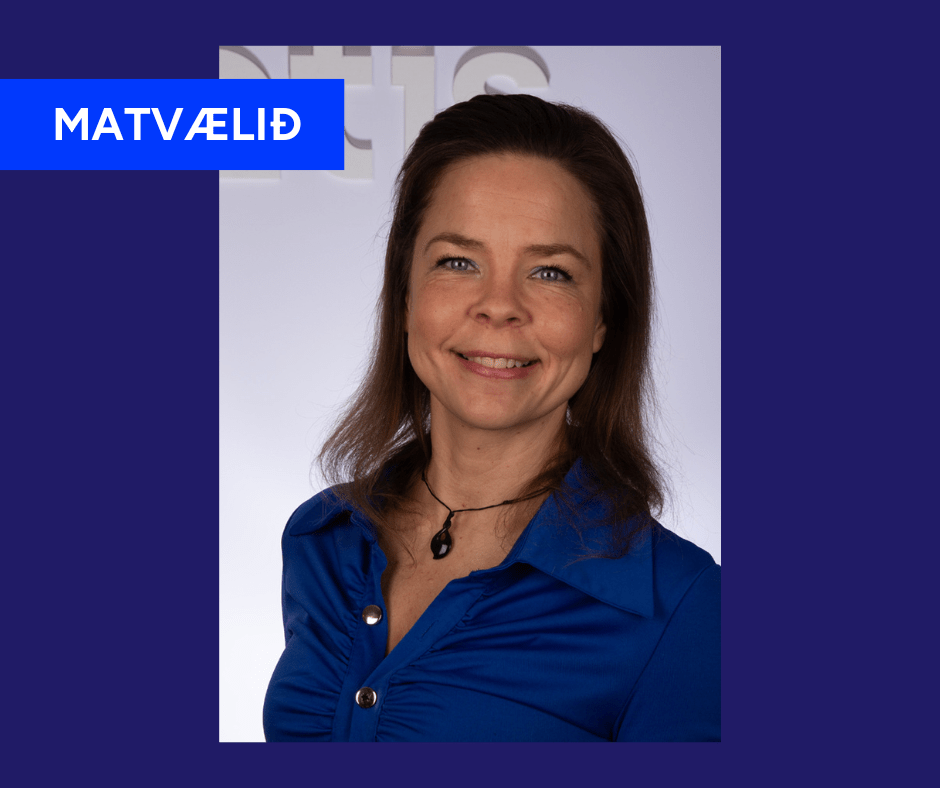
In recent years, various projects have been carried out at Matís that involve plastic in one way or another. Sophie Jensen, project manager in a professional group that deals with biological materials, has worked on most of the projects, such as the projects NordMar Plastic and projects on chemicals in eroded microplastics in the seas that were funded by the Nordic Council of Ministers, LuLam Wrap and projects on challenges when packing vegetables that were sponsored by the Food Fund.
There is an urgent need to develop new, environmentally friendly solutions when it comes to packaging materials for food in order to replace plastic, and Matís has worked with entrepreneurs and researchers at home and abroad to find suitable substitutes. More general projects on plastics have also been carried out, for example to define, study and monitor plastics in the environment with the aim of increasing people's environmental awareness and reducing plastic use.
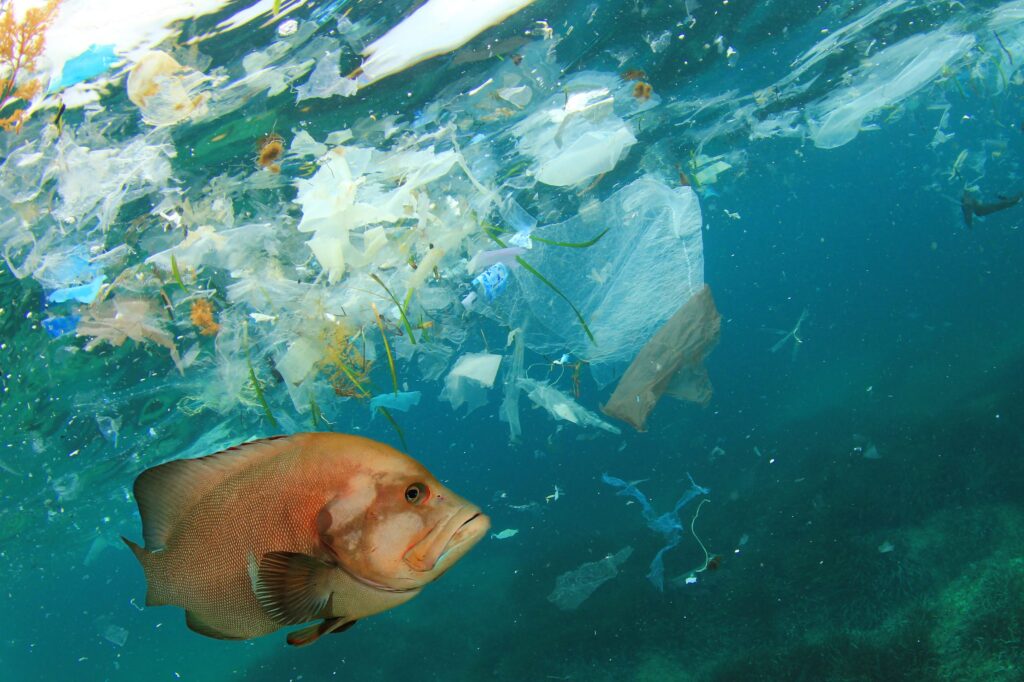
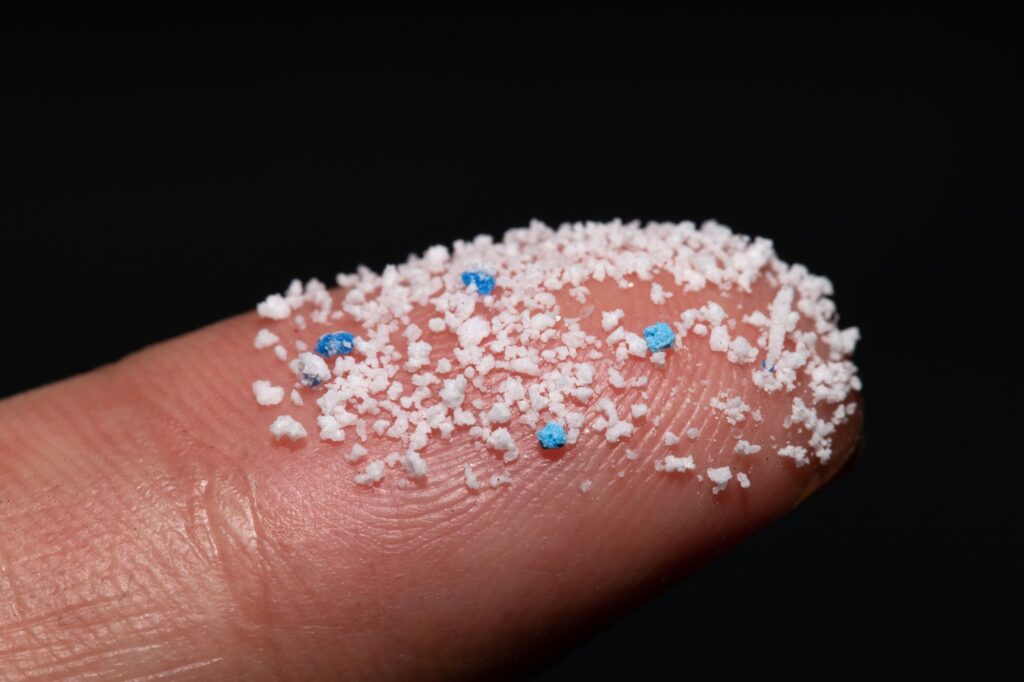
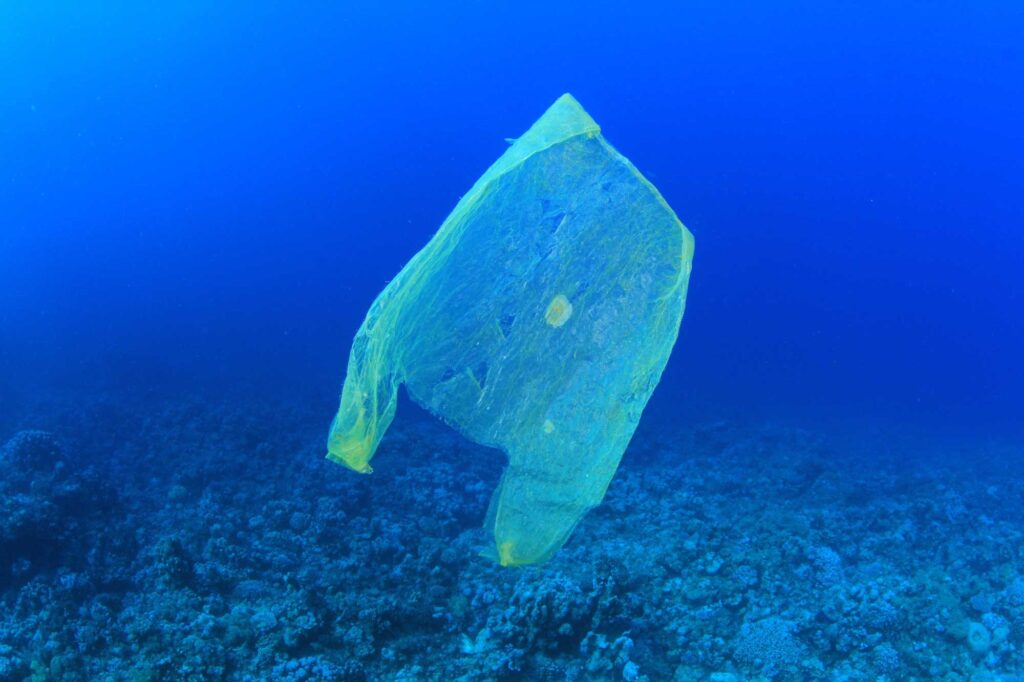
The question is on the website of the Land Conservancy and on the website of the initiative Plastic-free September What is plastic? answered and it states that many people think that plastic is a wonder because it is easy to mold, it is durable and durable. Plastic does not disappear or destroy, but breaks down over time into smaller and smaller units or particles. The production of plastic requires fossil fuel, i.e. oil and gas but those resources are not renewable which simply means that eventually they will run out.
The problem with plastic is not really the plastic itself, but how it is used. Each Icelander uses an average of 40 kg of packaging plastic annually, mostly single-use plastic products. Much of this plastic ends up in the sea, where it causes damage to the natural environment.
Projects that Matís has worked on that are related to plastics are diverse. The NordMar Plastic project was an extremely ambitious project that was undertaken in 2019 and the strategy was to set up a Nordic network of experts in plastics with a special focus on microplastics. There had been a lack of a standard or standardized methods for measuring and analyzing microplastics in the environment. Emphasis was placed on the northern countries, because there has been a lack of information, for example, about where the microplastics can be found, to what extent, etc. The goal was to coordinate actions in these matters in the region and examine what needs to be done and how.
Another major goal was to simply raise awareness of the plastic problem in society. Today, people are beginning to realize that large plastic items in the sea such as disposable tableware, plastic packaging, fishing gear and more are a problem, but we don't see microplastics and therefore don't realize how big the problem around it is. . On the one hand, microplastics are created when larger plastic units break down over time, and on the other hand, they are produced separately and used in various products such as cleaning agents, paint, clothing and more.
Microplastics can be found in everything possible. In water, on glaciers and in the atmosphere. We humans have been shown to ingest the equivalent of one credit card per week due to plastic pollution.
All kinds of events and workshops were held all over the country in collaboration with Landvernd, Oceans missions and other organizations where the goal was to raise awareness about plastic. It was also prepared educational materials about plastic in the ocean for elementary schools, which is used in many Icelandic schools today. The conference Arctic Plastics symposium which has been held in Harpa in recent years is also the result of the NordMar Plastic project.
One product of the project was Instagram page and there were short but very informative and useful videos about how you can reduce the use of plastic in different rooms of your home. There are various solutions already available.
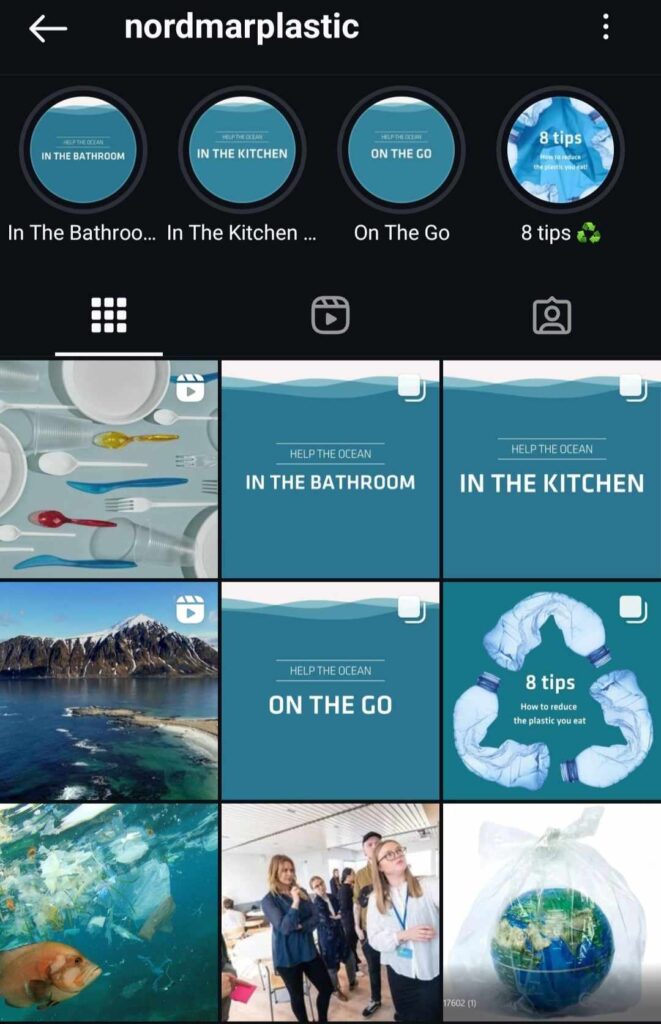
Í the project on chemicals in eroded microplastics in the sea it was investigated whether and in what quantity the substances in plastic that are harmful end up in the marine environment. Two types of plastic were chopped into tiny particles and placed in net bags into the sea for four months. Chemical measurements were made both before the plastic was put into the sea and after it was taken up again, and then it was possible to see the difference in how much of the plastic had come off.
A risk assessment was also carried out, as little is known about exactly which materials are used in different types of plastic. Due to the lack of regulations on plastics, plastic manufacturers are not required to provide this information separately.
Many of the substances found and released from the plastic are carcinogenic or have a hormonal effect, for example on estrogen and thus on people's fertility. It was not possible to draw any conclusions from this study, but it was considered important to draw attention to the fact that these substances are being released into the sea and there is reason for further research.
In the project about challenges in packing vegetables Sophie summed up the current state of food packaging, but plastic certainly has a number of desirable properties when it comes to preserving food. On the other hand, it is important to weigh the advantages and evaluate against the negative effects of plastic use. In the summary, the differences between conventional plastics, organic plastics and biodegradable plastics were examined and various advantages and disadvantages were evaluated. Packaging made of bioplastics is considered environmentally friendly and has become a strong substitute for plastic packaging.
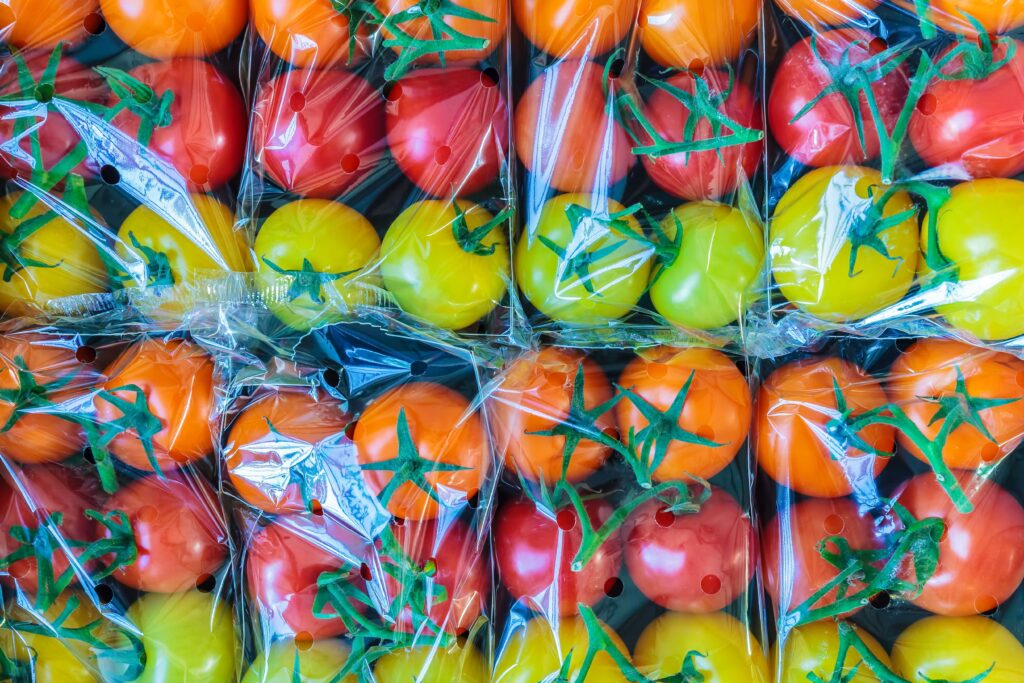
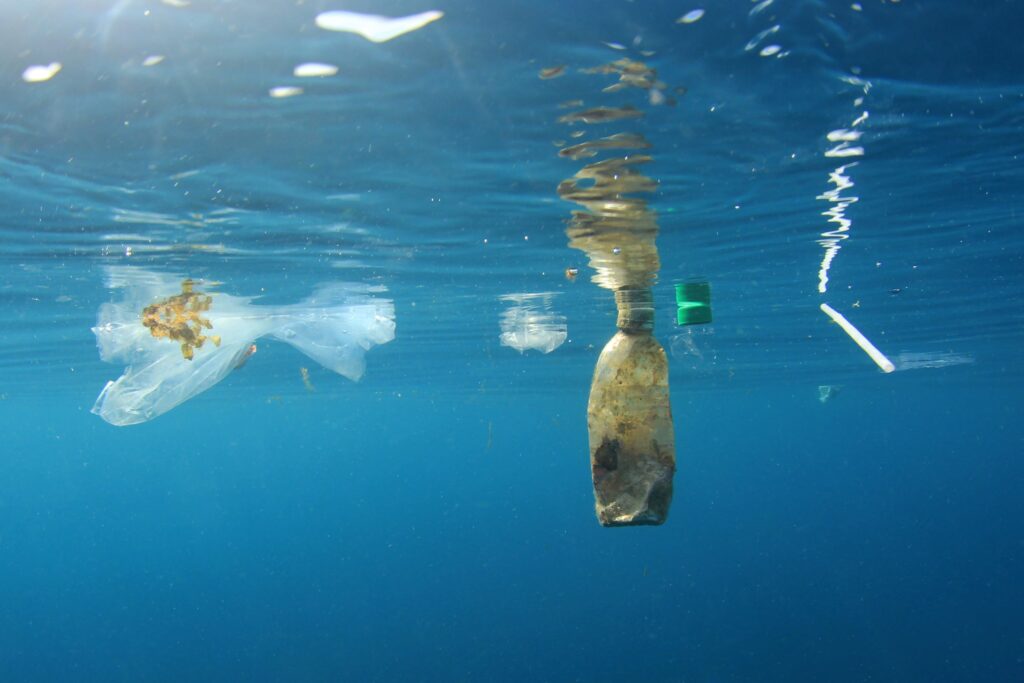
Í final report of the project states that various future solutions for environmentally friendly packaging are on the horizon and a lot of development in this field has been done both in Iceland and abroad. There is a lack of packaging made from Icelandic raw materials and knowledge of material processing for them, but several innovative projects are in the works. There is also a lot of innovation abroad related to packaging made from pure raw materials, and we can mention the development of packaging made from the supporting tissue of plants and algae. Therefore, it is right to pay close attention to the innovations that are emerging.
Sophie Jensen was interviewed in a new episode of Matvælinu, Matís' broadcast on research and innovation in food production. In the interview, she thoroughly reviewed all the major plastic projects that Matís has worked on in recent years, told about what is happening in research on plastics in the world and gave listeners all kinds of good advice on reducing plastic use in homes.

Listen to the podcast here: Plastrannsóknir – ,,Það þurfa öll lönd að gyrða sig í brók, fara að mæla þetta og segja stopp!“

Sophie Jensen, project manager in Matís' professional group that deals with biomaterials, has worked on most of the plastic-related projects that have been done at the company.
She is a real source of wisdom in matters related to the plastic problem in society, environmentally friendly solutions when it comes to packaging materials for food, ways to reduce plastic in homes and the effects of plastic on people.
This episode is particularly informative and deals with an issue that affects us all – plastic!
You can listen to the episode in the player below or on all major podcast stations.

At the end of May was held Young people's dinner meeting, Ungdommens madmøde, in Denmark. At the dinner, the students of the Matvælaskóli Menntaskólin in Kópavogur presented Icelandic food to other Nordic students in food subjects and about 150 Danish elementary school students.
It is an understatement to say that the Icelandic students, Markús Eðvarð Karlsson, Svanfríður Elín Bjarnadóttir and Sölvi Hermannsson, did a great job and the Icelandic dishes were very well received. The recipes and presentation were made under the guidance of Dóra Svavarsdóttir, chef and teacher.
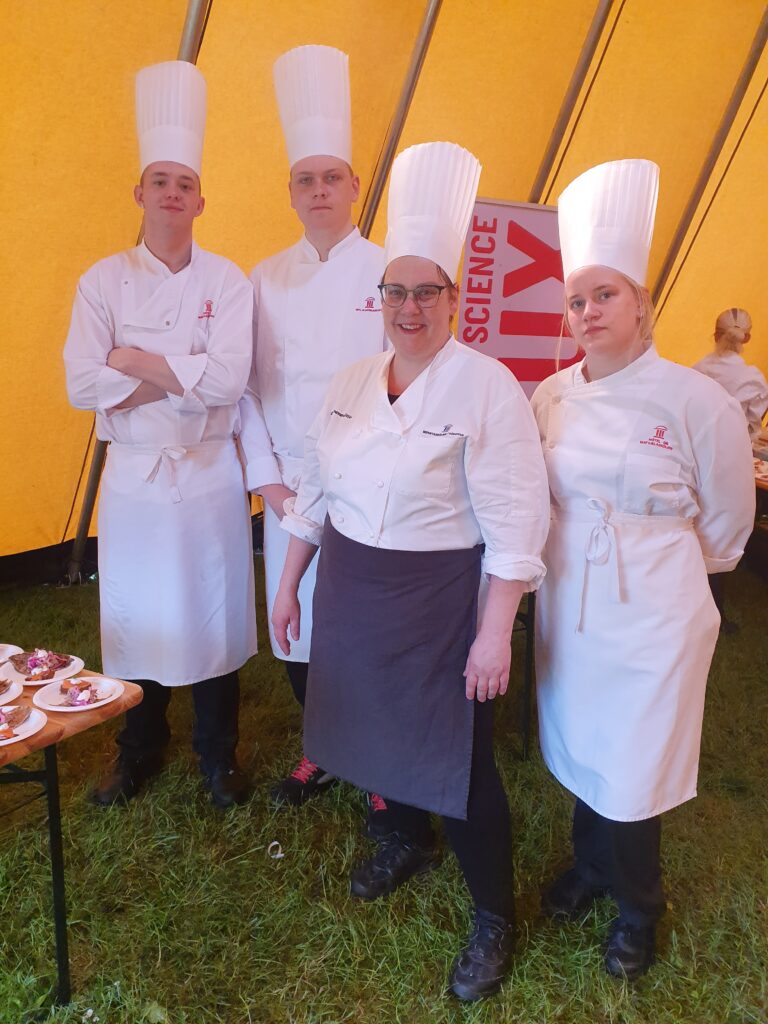


The presentation of the Icelandic youth was part of a workshop called Nordic kitchen where young people from the Nordic countries presented food from their countries. In addition to the Nordic kitchen workshop, there were workshops that included taste training and inspiration for healthy meals and snacks.
The aim of the food meeting was to encourage a sustainable food culture among the foodies of the future and to create connections between young people and professionals. The idea was to create opportunities and interest in the next generation of consumers to eat and cook foods that are both healthy and good for themselves and the world they live in.
The conference was held in parallel with the workshops Food at school in a Nordic light. How can food contribute to health, learning and well-being in schools? and analyzed there Dr. Ellen Alma Tryggvadóttir from the University of Iceland, from the experience of school meals in Iceland.


The event Youth madmøde was part of a larger food event Madens folkemøde which has been held annually for the past decade and aims to create a forum for conversation about Danish food culture and the food system. There is a particularly interesting event on the way that is worth visiting and even recording in this country.
Matís took part in planning Youth madmøde but the event was sponsored by the Nordic Council of Ministers through New Nordic food the project.
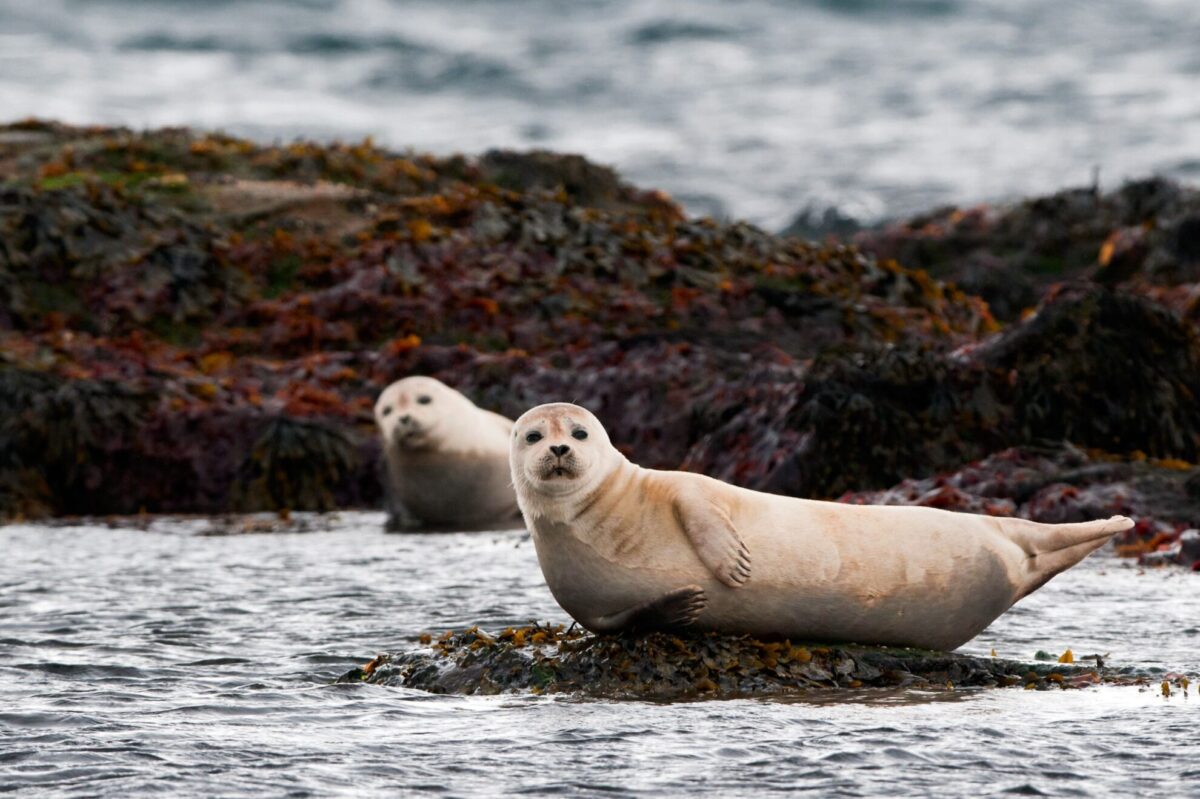
The research & networking project Nordic Seals, or "Nordic network on seal populations in the North Atlantic and adjacent waters", led by Matís, recently came to an end. The project was supported by the Nordic Council of Ministers' working group on Nordic cooperation in fisheries and aquaculture AG fisk.The main goal of the project was to establish a network of stakeholders involved in research on seal populations, and those affected by seals in the area. Thereby facilitating and promoting an active conversation between key stakeholders regarding the distribution and socio-economic impacts of seals on the environment and communities in the North Atlantic, including on fisheries and aquaculture.
Seal hunting was an important industry in many parts of the Nordic countries for centuries, as sealers from Norway, Finland, Greenland, Denmark, Iceland, Russia, and Canada hunted hundreds of thousands of seals every year. This industry came under severe criticism in the 1970s and 1980s, when animal welfare began to take a bigger place in the discussion about the exploitation of wild animals. By the turn of the century, seal hunting had become politically unacceptable, which affected the markets for the products and led to the eventual end of commercial seal hunting. Seal hunting in the N-Atlantic has now been almost non-existent for over two decades. But what effect has this change in the exploitation of seal populations had on the ecosystems and the socio-economic landscape of those affected by changes in the size and distribution of seal populations?
Since the Nordic Seals network was established in 2021, it has collected, analysed and shared information about seal populations in the Nordic regions, and their impact on the ecosystem and human society, for example by:
- collecting information on seal populations and their distribution in the N-Atlantic, Arctic and adjacent water (e.g. North Sea, Baltic Sea, Skagerrak, Kattegat, etc.),
- analysing the possible impact of seal populations on the ecosystem, and studying ongoing initiatives to quantify and assess those impacts,
- analysing the effects of seal populations on the Nordic fishing industry,
- studying available alternatives to control seal populations, including sustainable utilisation,
- identifying and exploring potential products and markets for seal products, while considering barriers such as animal welfare, policy and political correctness, food safety and toxins.
The main results of the aforementioned work can now be seen in the recently published report, which can be accessed here.
Other important products of the project are the following:
- launcing and maintaining a project webpage on the progress and results of the project
- facilitation of a Workshop held on April 29, 2021.
- Presentation held at the scientific meeting of European fishmeal and fish oil producers (EFFOP) in Skagen, Denmark, 1-2 June 2022.
- Presentation at a NAMMCO conference in the Faroe Islands 5-6 October 2022
- presentation to the board of the Pelagic Fish Forum (PFF) in Barcelona on October 22, 2024.
- Providing feedback to the European Union's open consultation process on the revision of the trade ban on seal products.
- The aforementioned report on seal populations in the N-Atlantic and final report to AG fish
In the abstract of the final report of the project it is stated that:
As several seal populations have grown in the North Atlantic, Arctic, and adjacent waters, they have become a controversial topic with fishermen and other stakeholders within seafood value chains who claim that they negatively affect commercial fish stocks, catch, product quality and economic viability of the fisheries. Many scientists and conservationists have on the other hand pointed out the lack of understanding of the functioning of seals in the ecosystem. Although seals are known to feed on commercial fish species, research on their effect on fish size and age distribution of prey populations, as well as stock size, is incomplete. More knowledge on the role and effects of seals in the ecosystem is therefore needed. As some seal populations still suffer from hunting that took place in the past, decisions on seal management must be well founded. Bycatch of seals is today the main threat to seal populations in many areas, which must be taken seriously.
Depredations and damage to fishing gear and fish farms caused by some species of seals is well documented. The exact ecological and economic impact of these is however largely unknown. There are ongoing initiatives that aim to fill in these knowledge gaps, but results are largely lacking. The issue of nematode roundworms that are parasites causing quality defects in commercial fisheries, which seals play a major role in distributing as hosts, has been a concern for fishermen. Controlling seal populations was in the past believed to be important to limit nematode distribution and therefore considered vital to safeguard the economic viability of the seafood industries in the North Atlantic.
Research show that the seal species in the N-Atlantic and adjacent waters need to eat a biomass corresponding to 4-6% of their body weight per day to sustain themselves. The number of seals in the area has now reached about 14 million individuals, and therefore it is likely that their consumption of biomass is about three times that of human fisheries in the area. But as mentioned before, knowledge of the effects of seals on the ecosystem and commercial fish species is incomplete.
Seals have a long history as an important food source. Seal meat is nutritious and full of important amino acids, vitamins, and minerals. But they also contain food safety threats, such as nematode ringworm parasites, and bioaccumulated trace elements. The import bans on seal products imposed by the US and EU have made any kind of trade in seal products difficult. But as some seal populations grow in certain areas, the question on potential utilisation becomes more pressing. To answer that question there is a need for more research to better understand the role of seals in the ecosystem, and on how to produce sustainable, safe and stable food or feed ingredients from seals.

